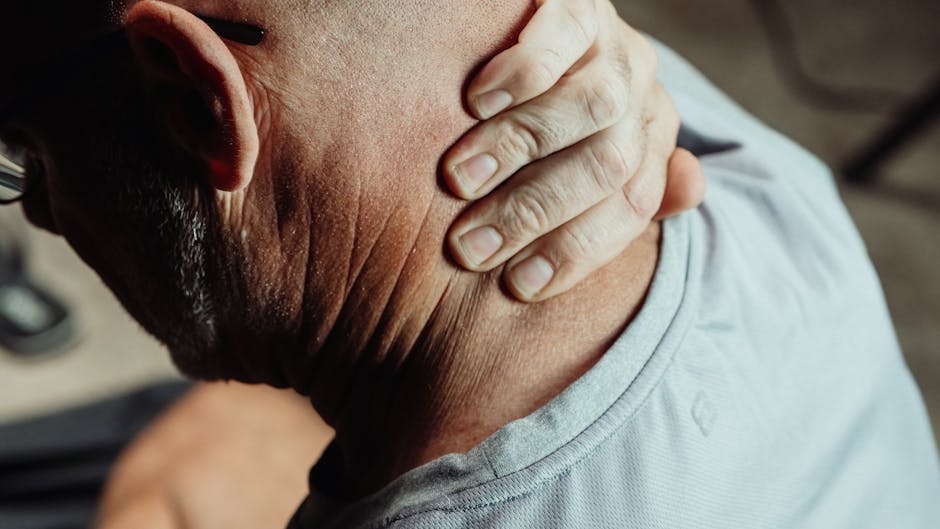Introduction
Chronic migraines can be debilitating, significantly impacting quality of life. While pharmaceutical interventions are often necessary, many individuals seek alternative approaches to manage their symptoms. One diet that has gained attention for its potential to alleviate migraine symptoms is the Paleo diet. This article explores the rationale behind why the Paleo diet might offer relief to people suffering from chronic migraines.
The Paleo Diet and Migraines: Understanding the Connection
Inflammation Reduction
Chronic inflammation is increasingly recognized as a potential trigger and contributing factor in migraines. The Paleo diet, which emphasizes whole, unprocessed foods, naturally reduces inflammatory markers in the body.
- Elimination of Processed Foods: Paleo eliminates refined sugars, processed oils, and artificial additives, all known contributors to inflammation.
- Focus on Anti-inflammatory Foods: The diet encourages the consumption of fruits, vegetables, nuts, and seeds, which are rich in antioxidants and anti-inflammatory compounds.
- Healthy Fats: Emphasis on omega-3 fatty acids from sources like fish, a potent anti-inflammatory agent.
Blood Sugar Stabilization
Fluctuations in blood sugar levels can trigger migraines in susceptible individuals. The Paleo diet promotes stable blood sugar by focusing on foods with a lower glycemic load.
- Elimination of Grains: Refined grains and high-carbohydrate foods can cause rapid spikes and crashes in blood sugar. Paleo eliminates these, leading to more consistent energy levels.
- Emphasis on Protein and Fiber: Meat, fish, eggs, vegetables, and fruits provide sustained energy and help regulate blood sugar.
Gut Health Improvement
Emerging research suggests a strong link between gut health and migraines. The Paleo diet may benefit gut health by eliminating common gut irritants and promoting a diverse microbiome.
- Elimination of Gluten and Legumes: These food groups can be problematic for some individuals, leading to inflammation and digestive issues.
- Promotion of Whole Foods: Paleo encourages the consumption of fiber-rich vegetables and fruits, which feed beneficial gut bacteria.
- Bone Broth: Bone broth, a staple in some Paleo approaches, is rich in collagen and amino acids, which can support gut lining integrity.
Identification of Food Sensitivities
The Paleo diet can act as an elimination diet, helping individuals identify specific food sensitivities that may be triggering their migraines.
- Initial Elimination Phase: Strictly adhere to the Paleo diet for a period (e.g., 30 days).
- Reintroduction Phase: Gradually reintroduce individual food groups (e.g., dairy, nightshades) one at a time, monitoring for any migraine symptoms.
- Identification and Avoidance: Identify and eliminate any foods that trigger migraines or other adverse reactions.
Nutrient Density
The Paleo diet is rich in essential nutrients that are vital for overall health and may play a role in migraine prevention.
- Magnesium: Found in leafy greens, nuts, and seeds, magnesium is known to help relax blood vessels and reduce migraine frequency.
- Riboflavin (Vitamin B2): Present in meat and eggs, riboflavin is involved in energy production and may help reduce migraine severity.
- Coenzyme Q10 (CoQ10): Found in meat and fish, CoQ10 is an antioxidant that supports mitochondrial function and may reduce migraine frequency.
Conclusion
The Paleo diet, with its focus on whole, unprocessed foods, may offer relief to individuals suffering from chronic migraines by reducing inflammation, stabilizing blood sugar, improving gut health, identifying food sensitivities, and providing essential nutrients. While the Paleo diet can be a valuable tool, it’s crucial to consult with a healthcare professional or registered dietitian before making significant dietary changes, especially if you have underlying health conditions. They can help you determine if the Paleo diet is appropriate for you and guide you in implementing it safely and effectively alongside other recommended migraine management strategies.
